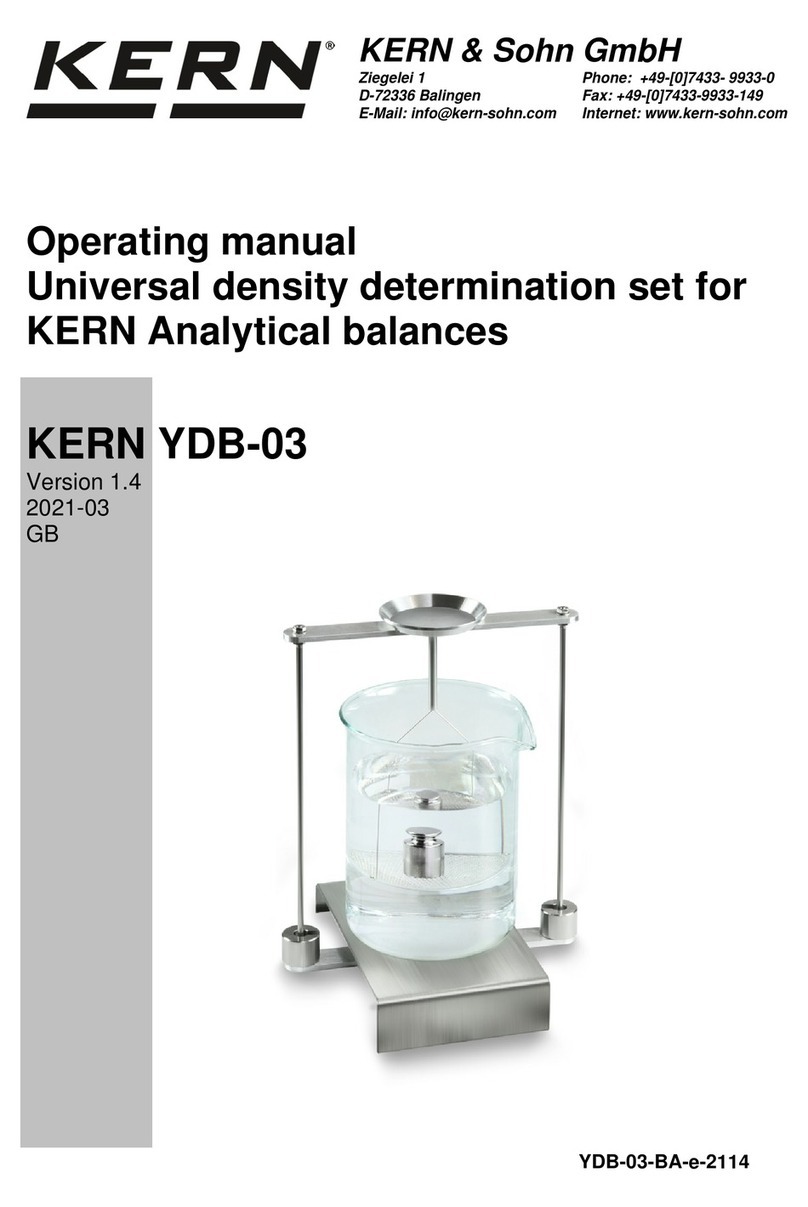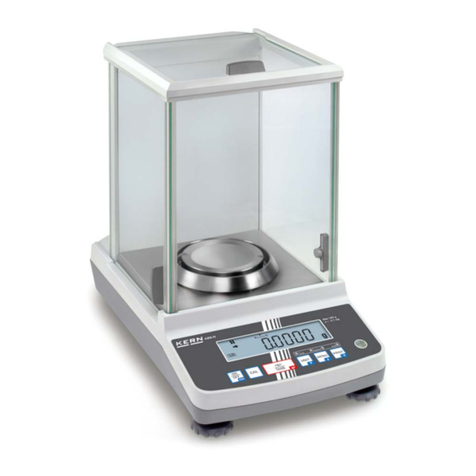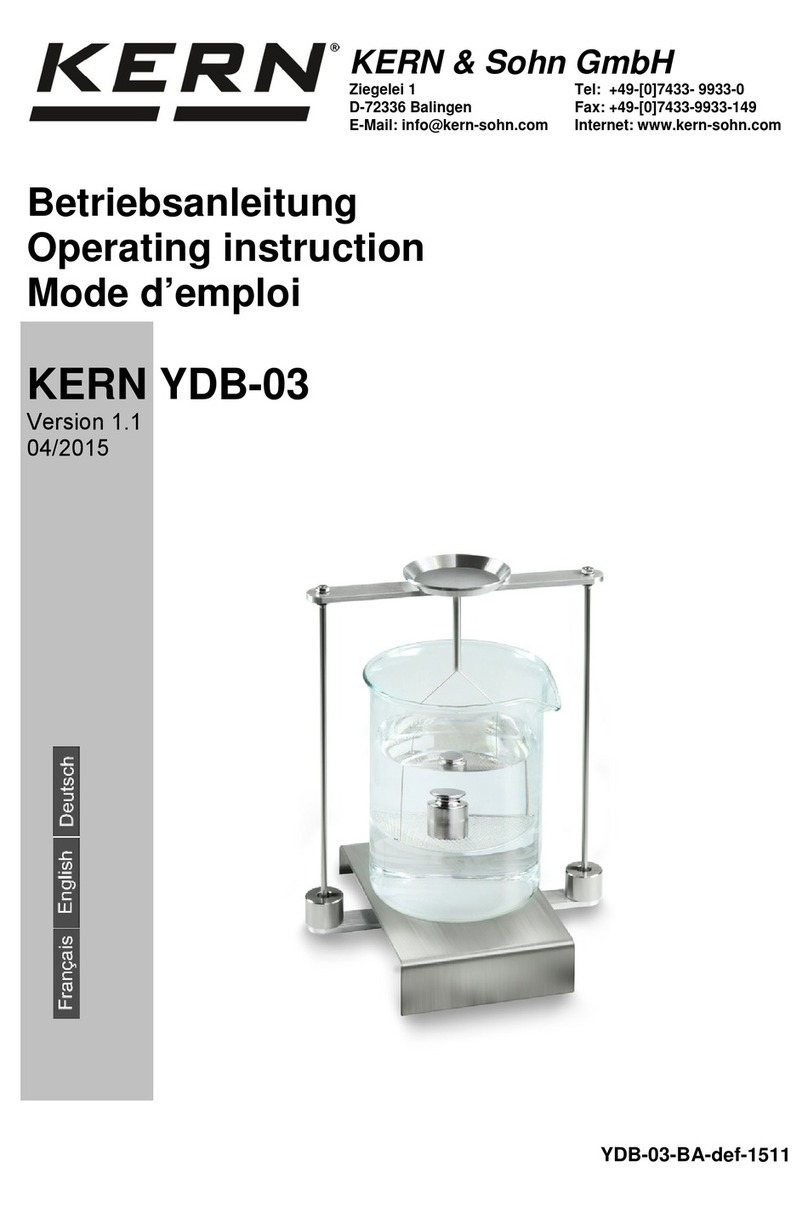
2 ADB-BA-e-1510
GB
Version 1.0 11/2015
Operating instructions
Contents
1Technical data................................................................................................ 4
1.1 Dimensions ............................................................................................................................... 5
2Appliance overview ....................................................................................... 6
2.1 Keyboard overview................................................................................................................... 7
2.2 Overview of display.................................................................................................................. 8
3Basic Information (General).......................................................................... 9
3.1 Intended use ............................................................................................................................. 9
3.2 Improper Use ............................................................................................................................ 9
3.3 Warranty.................................................................................................................................... 9
3.4 Monitoring of Test Resources............................................................................................... 10
4Basic Safety Precautions............................................................................ 10
4.1 Pay attention to the instructions in the Operation Manual................................................ 10
4.2 Personnel training.................................................................................................................. 10
5Transport and storage................................................................................. 10
5.1 Testing upon acceptance ...................................................................................................... 10
5.2 Packaging / return transport................................................................................................. 11
6Unpacking, Setup and Commissioning ..................................................... 13
6.1 Installation Site, Location of Use.......................................................................................... 13
6.2 Unpacking, checking and installation.................................................................................. 13
6.3 Levelling.................................................................................................................................. 14
6.4 Electric power supply ............................................................................................................ 15
6.5 Initial Commissioning ............................................................................................................ 15
6.6 Connection of peripheral devices......................................................................................... 15
7Adjustment................................................................................................... 16
7.1 Adjustment with recommended adjustment weight........................................................... 16
7.1.1 Adjustment with 100 g-weight .................................................................................................. 17
8Basic Operation ........................................................................................... 18
8.1 Start-up.................................................................................................................................... 18
8.2 Switch into stand-by mode.................................................................................................... 18
9Applications ................................................................................................. 21
10 Menu ............................................................................................................. 24
10.1 Navigation in the menu.......................................................................................................... 24
10.2 Menu overview........................................................................................................................ 26
10.3 Description of individual functions...................................................................................... 27
10.3.1 Automatic zero point correction............................................................................................ 27






























